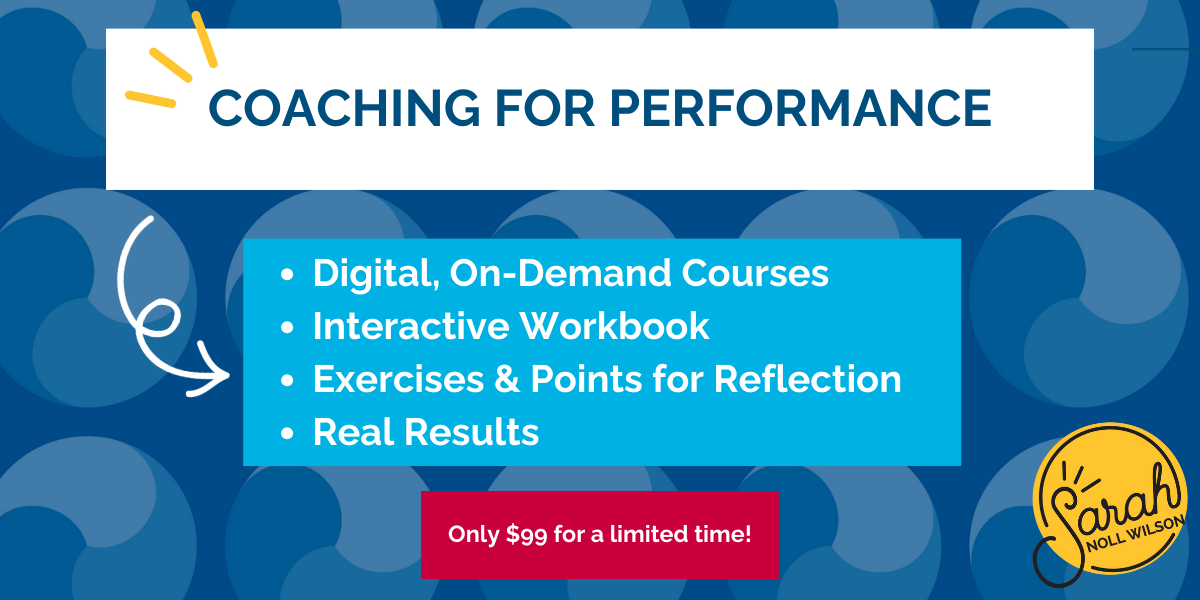
Creating a culture of inclusion in the workplace is more important than ever as the business landscape becomes increasingly diverse. Diversity and inclusion are terms that have become very common in the workplace, but what is inclusion, and how can you embed it into the fabric of your organization?
At SNoWCo, our mission is to create better workplaces for the People that work there. Understanding what inclusion means is critical for your People’s success and DEI efforts.
Diversity and inclusion are not interchangeable
Diversity is the representation of differences in a workforce. Inclusion refers to actively integrating diversity into an organization’s work processes and the employees’ lived experiences. Inclusion is necessary for leveraging diversity benefits. Diversity can cause reduced unity, increased conflict, and increased turnover. Diversity alone does not benefit organizations; however, diversity with inclusion can produce exceptional outcomes.
Inclusive work cultures:
Ensure respect for each other
Inclusive workplaces recognize and value individual differences. When employees feel their uniqueness is valued, they are more likely to bring their whole selves to work.
Nurture an individual’s social and emotional needs to create a sense of belonging
In inclusive workplaces, individuals feel like an essential part of the team. Inclusive workplaces nurture employees’ needs for connection with others. When employees feel that they belong to a team, they are more inclined to feel emotionally supported at work and able to disclose personal information to colleagues safely.
Create the conditions for all to contribute to work processes
At inclusive organizations, there is a recognition that different employees face unique challenges at work. Inclusive workplaces identify the varied needs of employees and ensure that work practices accommodate these differences so all employees can contribute fully to work practices. Examples include physical adjustments like wheelchair ramps, prayer rooms, or parental leave, regardless of gender.
Provide a fair chance of growth and advancement
Inclusive workplaces recognize the role of bias in advancement, carefully examine the employee life-cycle to identify barriers that could prevent employees from growing, and educate leaders in objective screening and selection of candidates, evaluation, and development, to ensure that members of non-dominant groups have a fair chance of progressing in the organization alongside members of the traditionally dominant groups.
In my work as a DEI practitioner, I have observed that employees can openly share their ideas, perspectives, and experiences when we create inclusive cultures. They feel inclined to bring their whole self to work. Organizations can benefit from their differences by experiencing an engaged workforce, excellent retention, better innovation, effective collaboration, and well-being.
Common barriers to creating a culture of inclusion
DEI work is frequently challenging as it requires personal and systems transformation. As organizations embark on this work, it is imperative to develop a willingness to take a look in the mirror to identify what can be improved; build the capacity to hold honest conversations, the balance having patience while instilling a sense of urgency for the DEI work; love yourself and others as you push for radical change.
Below are some common barriers I see in this work:
- Unconscious bias: Biases are attitudes or stereotypes that unconsciously influence our decisions, actions, and understanding. Unconscious bias can lead to decisions that perpetuate discrimination and exclude certain groups without awareness and education.
- The importance of diversity and inclusion isn’t understood: It may not be a priority for many individuals and organizations because they don’t fully understand the benefits. A lack of understanding can lead to a lack of commitment to building an inclusive culture.
- Lack of resources: Some organizations don’t have the resources to implement diversity and inclusion initiatives, like team member resource groups, a budget, or educational programs.
- Lack of systemic accountability: When there’s no accountability system, it’s hard to ensure that people and teams take the proper steps to promote equality, diversity, and inclusion. People and teams can fall back into default habits and patterns without accountability.
- Lack of senior leadership commitment: If the leaders don’t fully commit to building an inclusive culture, others will have difficulty modeling inclusive behaviors and engaging with the effort. Leaders set the tone for what is expected. When employees’ experiences are inclusive, they feel more inclined to pass that along to others.
Human-centered strategies for creating a culture of inclusion
So, how can organizations effectively integrate DEI initiatives in the workplace? Here are a few strategies to consider:
- Ensure people have multiple learning opportunities by attending courses, volunteering, or connecting with various guest speakers.
- Form a team to support and shape the inclusion work ensuring multiple perspectives are accounted for as you prioritize and determine your focus.
- Listen to stakeholders’ voices instead of relying on personal assumptions. Taking time to listen and solicit feedback from various stakeholders helps ensure your inclusion goals meet the current needs of the individuals and the organization.
- Take advantage of research-based assessments such as the Intercultural Development Inventory to raise awareness of an individual’s skills for including others as they connect across differences.
- Show appreciation for employees’ interests and responsibilities that are not work-related
- Determine what actions will be prioritized based on feedback gathered and how you measure progress. Ensure the plan is developed collaboratively with critical departments engaged in the process (Marketing, Human Resources, Communications, etc.)
- Do an audit of your organizational practices and tweak them as you see fit (how are meetings run, who is involved with decision-making, what is celebrated, who is being hired and advancing, etc.)
- Increase your organization’s capacity to create space for honest conversations where we push against ideas, not identity.
In addition to the specific strategies above, it’s important also to build a foundation of open communication and transparency. It is one of the most essential elements of cultivating a culture of inclusion where team members feel comfortable sharing their thoughts, ideas, and concerns.
What would you add? Let us know in the comments below!

Gilmara Vila Nova-Mitchell
Gilmara Vila Nova-Mitchell has been helping organizations and leaders become more effective and inclusive through her engaging diversity and inclusion professional learning sessions, leadership development programs, and equity & cultural proficiency coaching for almost two decades.
Gilmara has worked with HR managers, chief diversity officers, and other leaders to create more inclusive work environments. Gilmara has collaborated with organizations from the private and public sectors in various industries. Gilmara has supported organizations to develop strategic plans, create equity-driven monitoring tools, create inclusive cultures, and learn about equity-driven leadership.
Born in Brazil, Gilmara moved to the United States in 2001. She holds a Bachelor of Multicultural Education from FUMEC University (Brazil) and an MSE in School Counseling from Drake University. Gilmara has focused on her doctoral studies in Organizational Behavior with a focus on trust in the workplace.


